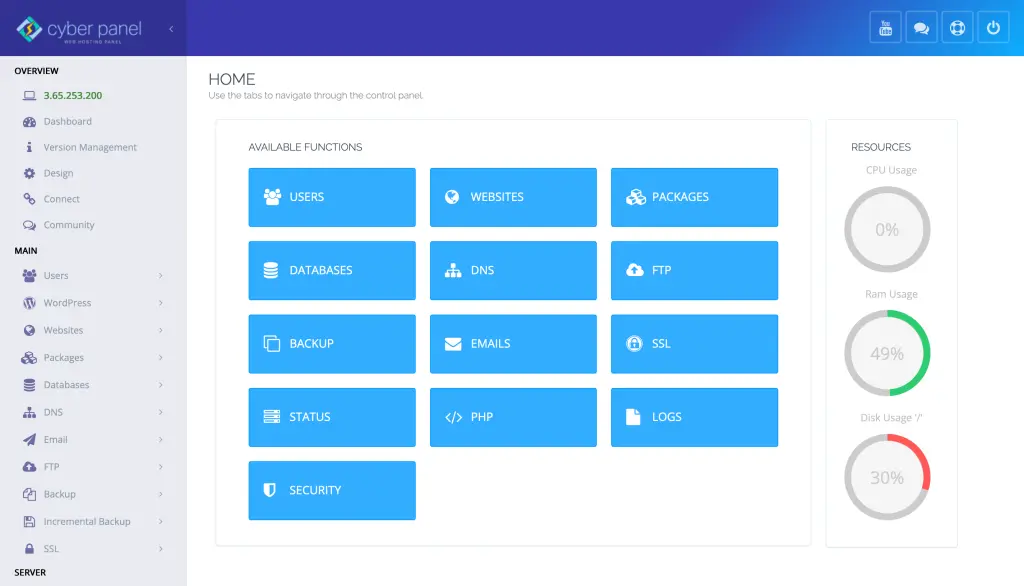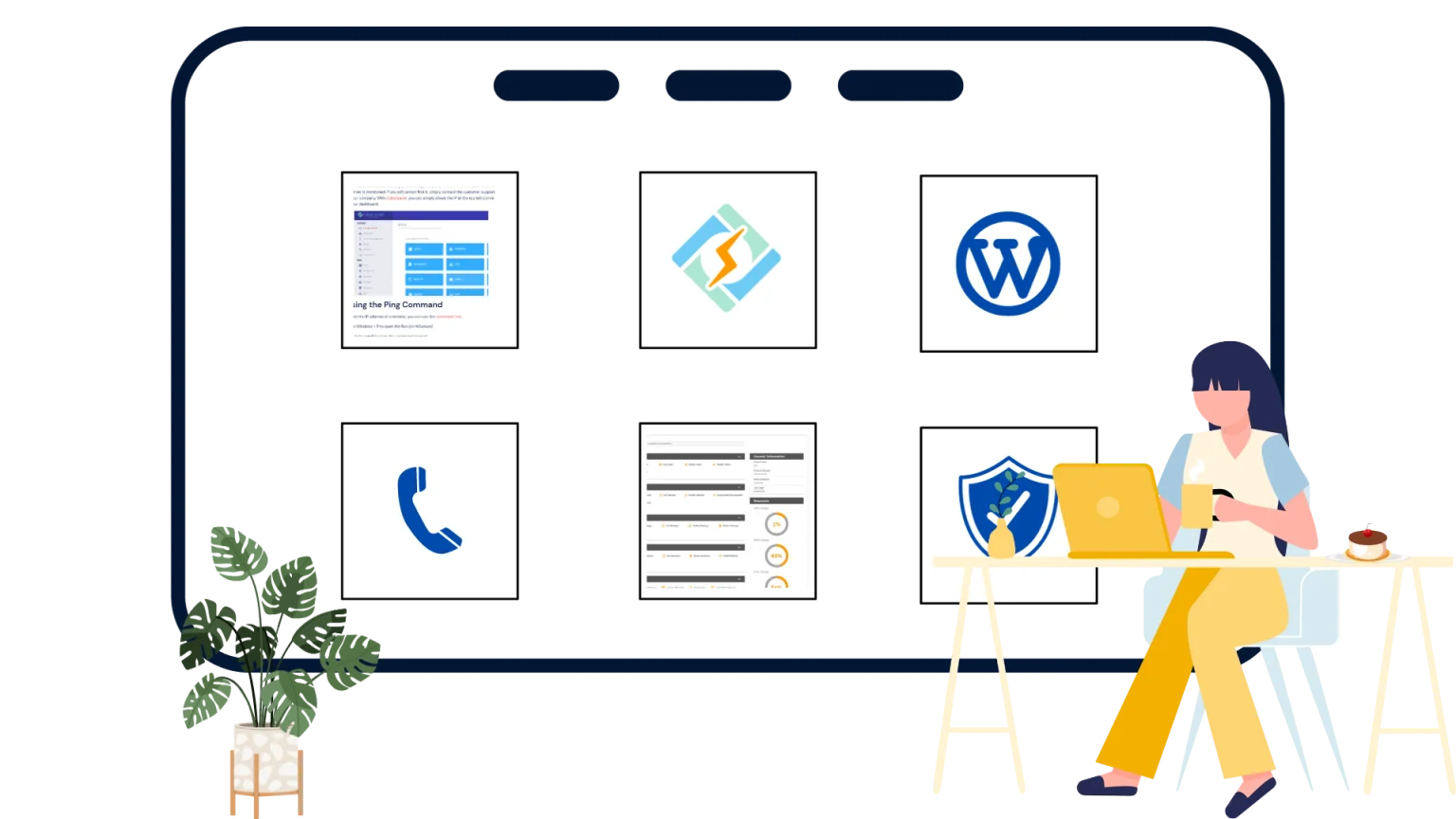With today’s advanced security breaches and cyberattacks, harnessing DevSecOps (Development, Security, and Operations) has become a need of the hour in software development practices. DevSecOps operates with testing being integrated into each step of the CI/CD pipeline as opposed to traditional security testing which is performed at the end of the software development life cycle.
But applying security principles in a fast-sprinting DevOps environment is hard. That’s where DevSecOps tools enter the scene. Its tools allow for the automation of security tasks such as code scanning, dependency analysis, container security, and compliance monitoring.
When you are done, you’ll know exactly what DevSecOps tools you can use and how they can help strengthen your security posture.
Best DevSecOps Tools List
Here is the list of the best DevSecOps tools for security automation:
Tools for Static Application Security Testing (SAST)
SAST tools scan the source code before execution in order to identify security vulnerabilities in coding logic, syntax, and dependencies.
SonarQube
Get exclusive access to all things tech-savvy, and be the first to receive
the latest updates directly in your inbox.
SonarQube – Scan source code for vulnerabilities.
Features:
- Identifies security threats in various programming languages
- Detects bugs, code smells, and maintainability problems
- Connects to GitHub, GitLab, Jenkins, and Bitbucket
Use Case:
SonarQube is used to scan a Java microservice for vulnerabilities by a software team. It locates hardcoded credentials so developers can correct them before deployment.
Checkmarx
Checkmarx – In-depth security analysis for developers.
Features:
- Deep static analysis with AI-powered insights
- You get support for more than 25 programming languages
- Automation of Security testing in CI/CD
Use Case:
For example, a fintech company uses Checkmarx in its Jenkins pipeline to discover SQL injection vulnerabilities before they build a banking application update.
Veracode

Veracode – Provides static security scanning in the cloud.
Features:
- Automated vulnerability detection with cloud-based SAST
- Includes compliance reports for security audits
- Educational training modules for developers to help minimize security issues
Use Case:
Veracode helps a governmental agency scan all critical applications for security issues, ensuring compliance with regulations such as NIST and ISO 27001.
Dynamic Application Security Testing (DAST) Tools
OWASP ZAP (Zed Attack Proxy)
OWASP ZAP – An Open source web security scanner.
Features:
- OWASP ZAP: Open-source web application security scanner
- Automated vulnerability detection
- Spend time with REST API and GraphQL testing
Use Case:
A developer uses ZAP’s active scan against a PHP-based web app and flags XSS issues for fixing before launching the app.
Burp Suite
Burp Suite – Find vulnerabilities in web applications.
Features:
- Identifies OWASP Top 10 vulnerabilities
- Remains for both Automated and Manual penetration testing tools
- Seamlessly integrates with CI/CD workflows
Use Case:
A security analyst tests an e-commerce website’s login system using Burp Suite and identifies insecure session management.
AppSpider
AppSpider – Automation of DAST scanning against applications.
Features:
- Proves multi-step authentication testing
- Offers risk assessments and comprehensive reports
- Server misconfigurations and injection flaw detector
Use Case:
AppSpider is being used by an enterprise to scan internal web applications where exposed admin panels have been discovered.
Dependency and Software Composition Analysis (SCA) Tools
Third-party dependencies scan known vulnerabilities in open-source libraries with SCA tools.
Snyk
Snyk – Finds vulnerabilities in your dependencies.
Features:
- Scans NPM, Python, Java, Go, and Docker dependencies
- Is able to provide real-time remediation recommendations
- Kubernetes and Terraform Security Scanning
Use Case:
A critical vulnerability is discovered in a Node. js library with Snyk; only deploys on pre-updated version.
Black Duck
Black Duck – Scans for open-source vulnerabilities.
Features:
- Checks for open-source code license compliance issues
- Recognizes outdated dependencies with security vulnerabilities
- Integrates with GitHub, Azure DevOps, www.jenkins.io, and Tens of thousands of customers turn to it to help prevent harm to their organizations.
Use Case:
A software company checks for license compliance before embedding third-party Python packages.
WhiteSource
WhiteSource – These are for compliance and vulnerability tracking.
Features:
- Real-time notifications for identifying open-source vulnerabilities
- Provides third-party software risk analysis
- At least one of the languages mentioned in the previous sentence won’t be detected.
Use Case:
A startup that leverages WhiteSource to track Docker container vulnerabilities prior to the deployment of images in production.
Container Security Tools
As containers and Kubernetes have become the underpinning of cloud-native applications, it is critical to secure them.
Trivy
Trivy – Vulnerability Scanner for docker images.
Features:
- Check Docker, Kubernetes, and Terraform configurations
- Finds vulnerabilities in container images
- It has integration with CI/CD pipelines so that the security checks can be automated
Use Case:
Before deploying an Nginx Docker image, a DevOps engineer scans it with Trivy:
trivy image nginx:latestOutput:
Total: 3 Critical, 5 High CVE-2023-12345 - Critical - Remote Code Execution in NginxAnchore
Anchore – Verifies container compliance.
Features:
- Delivers policy-driven container security scanning
- We can detect malware, misconfigurations, and vulnerabilities
- Works with Kubernetes & OpenShift
Use Case:
A security team in the cloud uses Anchore to ensure that all of your containers are compliant with CIS Benchmarks before production.
Clair
Clair – Finds security issues within containers.
Features:
- Detect vulnerabilities in Docker images and OCI containers
- Enables long-term tracking of container security
- Offers API-powered Vulnerability scanning
Use Case:
So, a DevOps team can integrate the Clair registry for deeper security scanning with the Harbor registry, deploying all images pushed securely.
IaC (Infrastructure as Code) Security tools
IaC security tools keep Terraform, Kubernetes and CloudFormation configurations secure by taking security best practices into account.
Checkov
Checkov- Scans Terraform, CloudFormation, and Kubernetes files.
Features:
- Terraform, AWS, Kubernetes, and GCP Configuration Scanning
- Avoids incorrect security policies configuration
- Offers in-depth compliance reports
Use Case:
Checkov Detecting overly permissive IAM roles in Terraform run by DevOps engineer:
checkov -d /path/to/terraform/codeOutput:
Full Access to All S3 Buckets — High RiskTerraform Sentinel
Terraform Sentinel — Policy Enforcement for Terraform.
Features:
- Policy as Code: Terraform security enforcement
- Before deployment, misconfigurations are prevented
- HashiCorp Vault integration for secrets management
Use Case:
With Sentinel, the security team ensures that any Terraform infrastructure complies with company-wide security policies.
Open Policy Agent (OPA)
Kubernetes OPA (Open Policy Agent) – Protects security policies in Kubernetes and the cloud.
Features:
- Compatible with Kubernetes, Terraform, and API gateways
- Offer granular access controls
- Implement security rules with Rego policy language
Use Case:
Consider a cloud architect who defines Kubernetes RBAC policies with OPA to ensure that unauthorized entities cannot access resources in a cluster.
Example: Running a Security Scan with Trivy
Here is the syntax to scan a Docker image for vulnerabilities using Trivy:
Step 1: Install Trivy
sudo apt install wget -y wget https://github.com/aquasecurity/trivy/releases/latest/download/trivy_0.40.0_Linux-64bit.deb sudo dpkg -i trivy_0.40.0_Linux-64bit.debStep 2: Scan a Docker Image
trivy image nginx:latestOutput:
nginx:latest (debian 11.6) ===================================== Total: 3 Critical, 5 High, 8 Medium CVE-2023-12345 - High - Buffer overflow in OpenSSL CVE-2023-67890 - Critical - Remote Code Execution in Nginx ...This output is a list of vulnerabilities, and it lets developers catch the issues before deploying changes.
How DevSecOps Security Tools Improve Protections
Detection of Security Issues Early
DevSecOps tools help find vulnerabilities before production.
Manifesting Continuous Security Monitoring
These tools can be integrated into CI/CD pipelines and are designed to provide ongoing security.
Automated Remediation
Certain tools, such as Snyk, give recommendations for automated fixes to security vulnerabilities.
Regulatory Compliance
Assist in reaching ISO 27001, SOC2, PCI-DSS, and GDPR security requirements.
Improved Development Speed
By embedding security checks earlier in the workflow, teams minimize rework and are able to deploy sooner.
Role of CyberPanel in DevSecOps Process

CyberPanel, being a web hosting control panel, plays an important role in secure web hosting.
Automated Security Updates
CyberPanel has the capability of automatically updating the OS, reducing security risks on the server.
Built-in Firewall & ModSecurity
We have CSF (ConfigServer Firewall) and ModSecurity to block the attack in CyberPanel.
Secure SSL/TLS Certificates
Free SSL certificates are provided by CyberPanel for logged-in users.
Secure File and Database Management
CyberPanel protects sensitive data by providing file-permissions management and database security features.
Malware Scanning & Backup Solutions
You can integrate with ImunifyAV for scanning malware and automatically back up your data to prevent data loss.
CyberPanel can be used with DevSecOps tools to ensure the security of web applications and infrastructure.
FAQs About DevSecOps Tools
1. Which DevSecOps Tool is the Best?
Code scanning? Use SonarQube or Checkmarx
Container security? Use Trivy or Anchore
Web application security? Use OWASP ZAP or Burp Suite
2. Are DevSecOps tools free?
Free solutions are available, such as OWASP ZAP, Trivy, and Clair, but tools such as Veracode and Checkmarx require a subscription.
3. Are cyberattacks preventable with DevSecOps tools?
They hedge against risk by operating early to identify and patch vulnerabilities but still require human intervention to remediate problems.
Final Thoughts!
Security is not something that you do at the end — it is a continuous activity when you are developing software. DevSecOps tools assist in automating security testing so that applications are secure from threats/sites before their deployment.
DevSecOps tool selection is a key decision that can greatly reduce security risk and improve compliance, whether you need SAST, DAST, SCA, or container security.
When it comes to web hosting, CyberPanel adds another layer of protection toward managing SSL, firewalls, and backups efficiently.
Start integrating the DevSecOps tools today and secure your applications before it’s too late!



